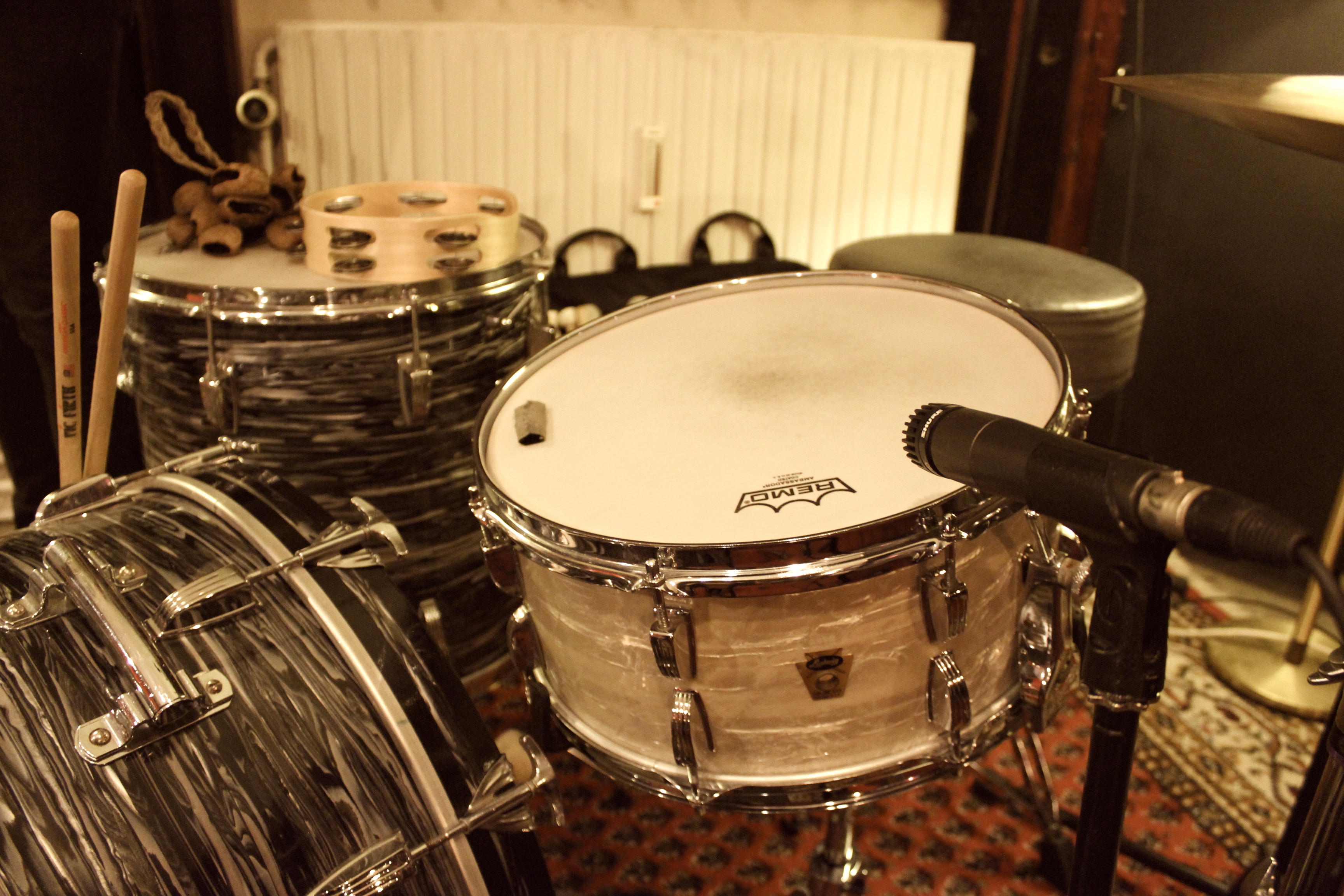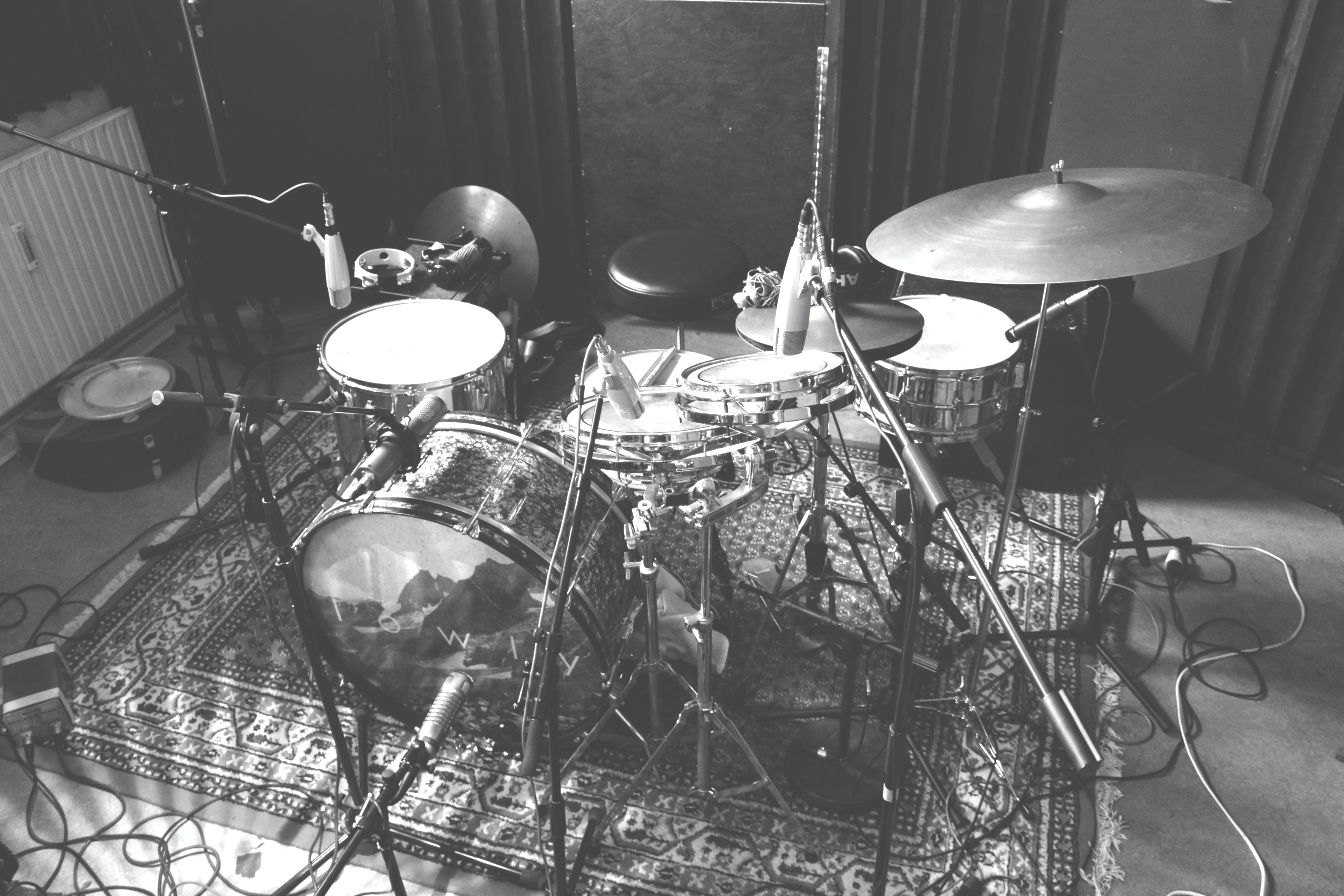About
Penguin Productions is a recording, production and mix studio located in the city of Aarhus, Denmark. The studio is run by producer, sound engineer and musician Esben Inglev, and is a part of the studio collective Lydhavnen.
The studio has a large 33 m² control room and a 45 m² tracking room with isolated vocal booth, and is built around a hybrid digital/analog setup.
I record, produce and mix a variety of different artist in pop, rock, folk, alternative, indie, electronic and other genres, and specialize in organic, acoustic and 'played-by-hand' music.
Gear List
Preamps and outboard
Amek B2 16-channel console
NP 8-channel custom sidecar console
AML ez1073 Neve-style preamp w/ eq
Chandler Germanium preamp
Gyraf G2 channel strip
Neumann PV76 preamps
API 2500 compressor
API 5500 EQ
BD Labs 4000k SSL-style dual stereo compressor
Gyraf 1176
BD Labs 1176
Gyraf G3 stereo opto compressor
Neumann PEV eEQ
NTP 176-160 stereo compressor
MS HOL dual opto compressor
Reverb, echos and effects
AKG BX20 Spring
Boss RDD-10 delay
Boss CE-1 Chorus
Revox A77 Tape Machine
Roland SE-50 Stereo Multi FX
Roland RE-150 Space Echo
Roland RE-301 Chorus Echo
Vermona Retroverb Lancet
Microphones
MK-U47 tube mic with Thiersch M7 Capsule
AKG C12 tube mic clone with Tim Campbell CT12 capsule
AKG D12
B&O BM3
B&O BM6 stereo pair
B&O BM5
Coles 4028 stereo pair
Electro Voice RE20
Electro Voice RE27
Gyraf G7 tube mics
Neumann KM84
Røde NT5 stereo pair
Sennheiser MD402's
Sennheiser MD421's
Sennheiser MD441's
Shure SM57's
Shure SM58's
... and others
Instruments
Amps:
Farfisa organ amp
Fender Princeton Reverb vintage blackface 1965
Fender vintage 70's Quad Reverb
Gibson GA-40
Marshall 4x12 cabinet
Guitars:
Fender Jaguar
Höfner Verythin
Levin W36 1970's acoustic guitar
TA & Co. 1950's acoustic guitar
Synths and drummachines:
Elgam Match 12C
Ensoniq SQ1R
Korg Volca
Korg Polysix
Moog Minimoog Model-D
Moog Sub37
Nord Wave
Roland Juno 106
Roland TR-808
Roland TR-909
Yamaha DX7
Client list
Acoustic Arcade
Alice Boman
Ane Brun
Astronaut
Boho Dancer
Cecilie Sadolin
Echo Me
Freckles
Ghost of Belle Star
Hannah Schneider
Hanne Hukkelberg
Jonas H. Petersen (Hymns from Nineveh)
Juka
Kites and Komets
Lovebird
Lowly
Nanna Schannong
Nanome
NovemberDecember
Pernille Rosendahl
Turboweekend
The Boy That Got Away
Trip-E
Ulvetimen
We At Sea
Who Is Louis
Who Killed Bambi




